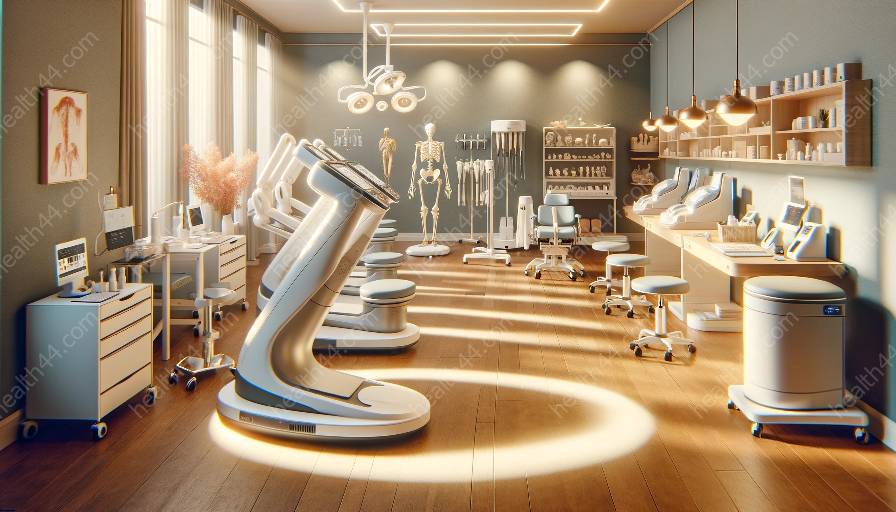Joint implants play a crucial role in orthopedic equipment and form an integral part of medical devices and equipment. This comprehensive guide will explore the fascinating realm of joint implants, including their types, benefits, and significance in the medical field.
Understanding Joint Implants
Joint implants, also known as prostheses, are medical devices that are surgically implanted to replace a damaged or arthritic joint. These implants are designed to mimic the function of a natural joint, providing mobility, stability, and pain relief to patients.
Types of Joint Implants
1. Total Joint Replacement: In this procedure, both the damaged surface of the joint and the underlying bone are removed and replaced with prosthetic components.
2. Partial Joint Replacement: This procedure involves the replacement of only one part of the joint, such as the femoral or tibial component of the knee joint.
3. Resurfacing Joint Replacement: This involves capping the ends of the bones with smooth metal surfaces to reduce friction and relieve pain.
The Role of Joint Implants in Orthopedic Equipment
Orthopedic equipment encompasses a wide range of devices and implants designed to support, stabilize, and rehabilitate the musculoskeletal system. Joint implants, as a vital component of orthopedic equipment, enable patients to regain mobility, alleviate pain, and improve their quality of life.
Benefits of Joint Implants
The use of joint implants offers numerous benefits to patients, including:
- Reduction of pain and discomfort
- Restoration of joint function and mobility
- Improvement of the overall quality of life
- Enhanced physical activity and independence
Significance of Joint Implants in Medical Devices and Equipment
Joint implants hold great significance in the field of medical devices and equipment, as they contribute to advancements in surgical techniques, materials, and patient care. Their continual development and enhancement drive innovation in orthopedic surgery, leading to improved outcomes and patient satisfaction.


